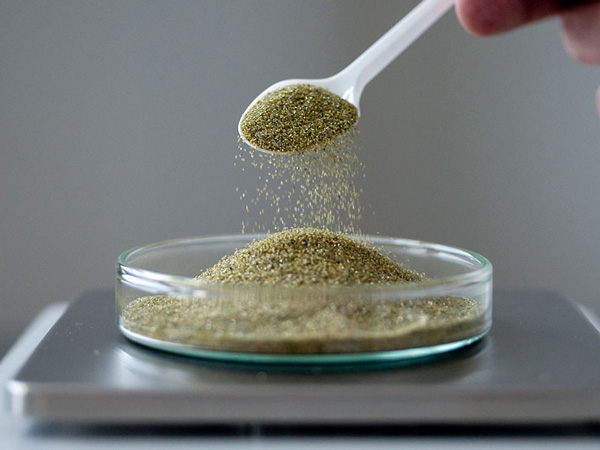Classification and Selection of Diamond Powder for Polishing
Diamond powder is a crucial abrasive material widely used in precision polishing, grinding, and lapping applications across industries such as optics, electronics, and jewelry. Due to its exceptional hardness (10 on the Mohs scale), diamond powder ensures superior surface finishes on hard materials like ceramics, glass, tungsten carbide, and gemstones. However, selecting the right diamond powder requires understanding its classification based on particle size, shape, and bonding methods.
Classification of Diamond Powder
• By Particle Size (Grit Size)
Diamond powder is categorized by micron (µm) or mesh size, which determines its cutting efficiency and final surface finish:
– Coarse Grit (45–100 µm / 170–325 mesh)–Used for rapid material removal and rough polishing.
– Medium Grit (10–45 µm / 325–1500 mesh)–Ideal for intermediate polishing stages.
– Fine Grit (0.5–10 µm / 3000–50,000 mesh)–Used for ultra-precision finishing and mirror-like surfaces.
• By Crystal Shape
– Blocky (Irregular) Diamond–Provides aggressive cutting, suitable for rough grinding.
– Sharp (Angular) Diamond–Delivers efficient material removal in mid-stage polishing.
– Round (Spherical) Diamond–Produces smooth finishes in fine polishing applications.
• By Manufacturing Method
– Natural Diamond Powder–Mined and crushed, offering high durability but inconsistent shapes.
– Synthetic Diamond Powder–Lab-grown with controlled properties, ensuring uniformity and cost efficiency.
How to Select the Right Diamond Powder for Polishing?
• Material Hardness–Harder materials (e.g., sapphire, tungsten carbide) require finer diamond powder for optimal results.
• Desired Surface Finish–Coarser grits remove material faster, while finer grits achieve smoother finishes.
• Polishing Method–Lapping, grinding, or buffing may require different diamond powder shapes and sizes.
• Bonding Agent Compatibility–Diamond powders must match the bonding material (resin, metal, or vitrified) in polishing tools.
Choosing the right diamond powder is essential for achieving high-quality polishing results. By considering particle size, crystal shape, and application requirements, manufacturers can optimize efficiency and surface finish. Whether for industrial precision or gemstone polishing, diamond powder remains the ultimate abrasive for superior performance. Would you like recommendations for a specific polishing application? Let us help you select the best diamond powder for your needs!
Inquiry
Please leave us your requirements, we will contact you soon.
 English
English Español
Español Русский
Русский

